Marc Backes
Under The Hood of Vue 3 Reactivity
#1about 1 minute
Understanding the core concept of reactivity
Reactivity is explained as an automated observer pattern that listens for changes and notifies the system to update where needed.
#2about 2 minutes
Exploring the core technologies behind Vue 3 reactivity
Vue 3's reactivity system is built on native JavaScript features like Proxies, Set, Map, WeakMap, and Reflect.
#3about 3 minutes
Using ES6 proxies to intercept object operations
ES6 Proxies wrap a target object, allowing you to intercept operations like property access (get) and modification (set) using a handler.
#4about 3 minutes
Structuring dependency tracking with maps and sets
A nested data structure using WeakMap, Map, and Set is used to efficiently store dependencies from target objects to their properties and effects.
#5about 4 minutes
The roles of the track and trigger functions
The `track` function registers an effect as a dependency, while the `trigger` function executes all registered effects when a property changes.
#6about 7 minutes
Implementing a manual observer pattern from scratch
A simple observer pattern is built using `track` and `trigger` functions, demonstrating the need for manual calls to update state.
#7about 8 minutes
Automating tracking and triggering with proxy traps
The manual `track` and `trigger` calls are automated by placing them inside the `get` and `set` traps of an ES6 Proxy handler.
#8about 5 minutes
Refactoring proxy logic into a reusable reactive function
The proxy creation logic is encapsulated within a `reactive` function to easily convert any plain JavaScript object into a reactive proxy.
#9about 4 minutes
Managing effect scope with an active effect wrapper
An `activeEffect` variable and a wrapper function are used to ensure that dependencies are only tracked for the effect that is currently executing.
#10about 4 minutes
Connecting the custom reactivity engine to the DOM
The custom-built reactivity engine is used to automatically update the DOM in response to state changes, demonstrated with buttons and a color picker.
#11about 4 minutes
Answering questions on reactivity and browser support
The speaker addresses audience questions regarding React's hook-based approach, preventing duplicate effect registrations, and Vue 3's lack of support for IE11.
Related jobs
Jobs that call for the skills explored in this talk.
Matching moments
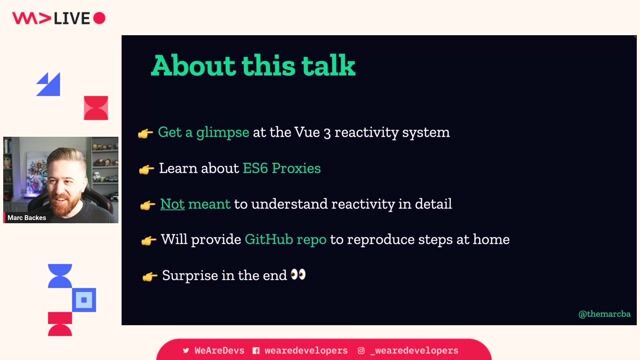
04:26 MIN
Understanding the core principles of reactivity
Under The Hood Of Vue 3 Reactivity
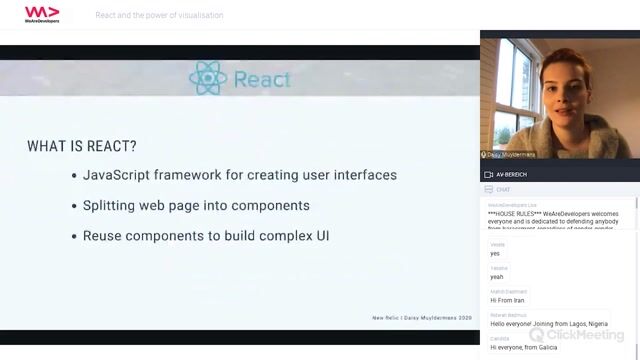
02:31 MIN
Understanding the core concepts of React
React and the power of visualisation
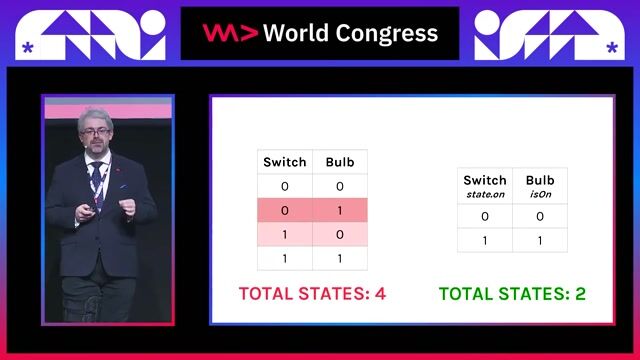
06:51 MIN
How popular JavaScript libraries implement reactivity
Bringing back reactivity in "reactive" frontend
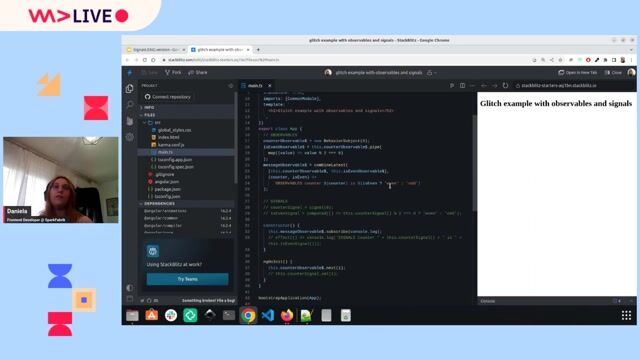
09:14 MIN
Defining true reactivity in modern frameworks
Angular Signals: what's all the fuss about?

08:57 MIN
Creating observable state with JavaScript proxies
The Naked Web Developer: Your Browser Is Your Framework

02:29 MIN
The motivation behind Nuxt 3 and the UnJS ecosystem
Modern Web Development with Nuxt3

01:26 MIN
Rethinking frameworks with Nuxt, Nitro, and UnJS
Building for the Edge - Crafting a Next-Gen Framework

48:31 MIN
Summary of benefits and the future of reactivity
Angular Signals: what's all the fuss about?
Featured Partners
Related Videos
 54:44
54:44Under The Hood Of Vue 3 Reactivity
Marc Backes
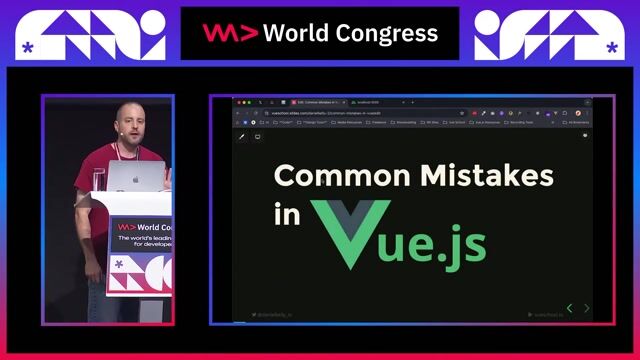 28:36
28:36Common Mistakes in Vue.js and How to Avoid Them
Daniel Kelly
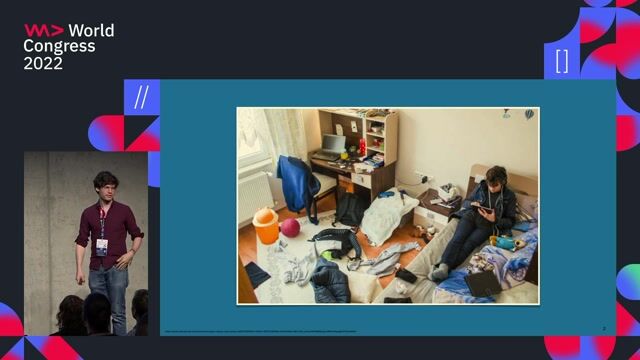 30:40
30:40What the heck do "declarative" and "reactive" actually mean?
André Kovac
 28:43
28:43Bringing back reactivity in "reactive" frontend
Michał Moroz
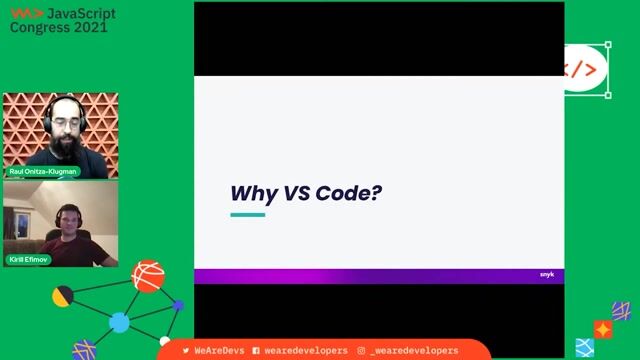 44:11
44:11Vue3 practical development
Mikhail Kuznetcov
 44:40
44:40petite-vue - Progressively enhancing every application?
Alexander Lichter
 41:43
41:43Modern Web Development with Nuxt3
Alexander Lichter
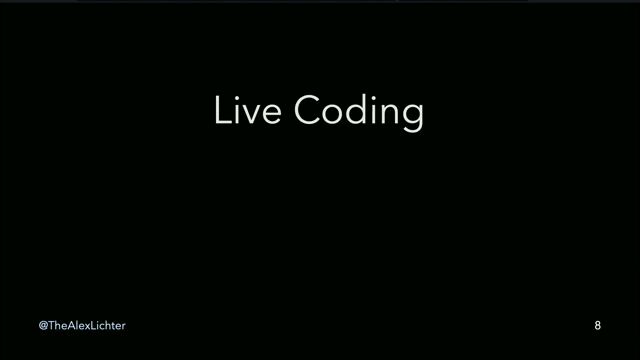 26:32
26:32Nuxt.js - Just Vue 3 and a bit of magic?
Alexander Lichter
From learning to earning
Jobs that call for the skills explored in this talk.




Frontend Entwickler - VueJS / JavaScript / SCSS
Neuffer Fenster + Türen GmbH
Remote
CSS
HTML
React
jQuery
+3
![[HR106] Senior Front-End Developer - Vue, Nuxt - (Remote, Full-Time) Asia](https://wearedevelopers.imgix.net/public/default-job-listing-cover.png?w=400&ar=3.55&fit=crop&crop=entropy&auto=compress,format)
[HR106] Senior Front-End Developer - Vue, Nuxt - (Remote, Full-Time) Asia
Smart Working Solutions
Remote
Senior
CSS
HTML
REST
Vue.js
+6



